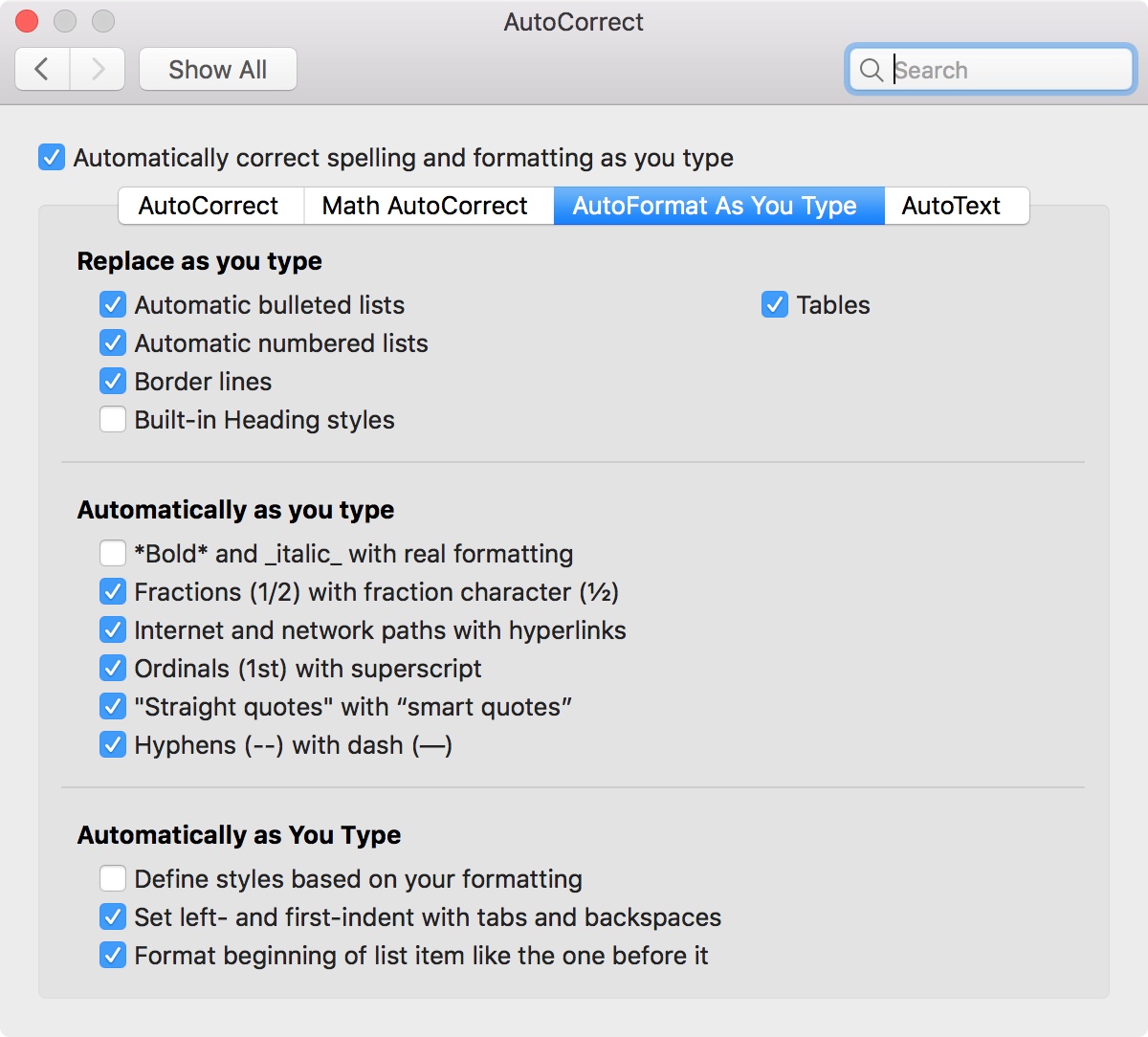

The source information stored in the Citations tool or Source Manager can be used to create citations, a works cited list, or a bibliography. Citations are different from footnotes and endnotes, which are placed at the bottom of the page or end of the document.

In a word-processing document, you can have text in the main body of the document, then add text boxes for things like sidebars. You can replace placeholder text in a template add text in a text box outside the main document body, such as in a sidebar and add text inside a shape. You can use the Source Manager to find and reuse any source that you have created, even sources in other documents.Ĭitations are parenthetical references that are placed inline with the text. There are a number of ways to add text to a document. Each time that you create a new source, the source information is saved on your computer.


After you add sources, you can automatically generate a works cited list or a bibliography based on that source information. Plagiarism is a word you never want to hear describing your work. A works cited list is different from a bibliography, which is a list of sources that you consulted when you created the document. To start, choose a citation style: Harvard APA MLA. A works cited list is a list of sources, usually placed at the end of a document, that you referred to (or "cited") in the document. Looking for more help with Word for Windows? If you have an Office subscription, see " Word for Office 365/Microsoft 365 cheat sheet." If you have a non-subscription version of Office, see " Word 20 cheat sheet." We've also got cheat sheets for an array of other Microsoft products, including older versions of Office.Before you can add a citation, a works cited list, or a bibliography, you must add a source to your document. Split the document window or remove the split Switch among the last four places in the document you edited Open the Search and Replace dialog box (Windows) / Find and Replace pane (Mac)
#Word for mac styles changing in document Pc#
Youll need to use a PC to export the document or add accessibility. Open the Navigation pane to search for text, images, more (Windows) / use the search box (Mac) Important: If you are using Word on a Mac, unfortunately there is no equivalent PDF. dissertation, and I remember this tiny change coming only at the cost of a very long struggle, which I will have to repeat unless you can cut thru the. I remember switching endnote numbering some years ago when I wrote my Ph.D. Useful Word keyboard shortcuts Source: Microsoft Actionĭelete selection and copy it to the clipboard This version of Word, according to the ‘About Word’ menu item, is version 14.1.0 of Microsoft Word for Mac 2011. Note: On Macs, the ⌘ key is the same as the Command or Cmd key. For even more shortcuts, see Microsoft's Office site. Modifying Styles in a Word document is a good technique to use the formatting.
#Word for mac styles changing in document windows#
Most work whether you’re using a subscription (Microsoft 365/Office 365) or non-subscription version of Word. Benefits Word 2013/2010 Windows Word 2016/2011 Mac Online Office 365. We've listed the shortcuts we've found the most useful below. For example, you can change the font and font size of comments in Microsoft Word, as shown in this tutorial. However, you can change these styles to make your edits more noticeable or easier to read. Close the Preferences window and go back to the ribbon. Increase the width to at least an inch (you can adjust it later if you want to change the size). Click View and find the preference for style area width. (Fewer shortcuts are available for the Mac, but you can create your own custom keyboard shortcuts if you like.) By default, Track Changes inherit preset styles from the body content. If you would rather see the style names next to each paragraph, open the Preferences window from the main menu. There are keyboard shortcuts to accomplish a vast array of tasks in the Word desktop client, in both the Windows and Mac versions. Why bother to lift your hands from the keyboard if you want to open or close a document, apply formatting to text and paragraphs, do a spell check, navigate through a document, or undo and redo actions? With keyboard shortcuts you won’t have to. Word’s Ribbon interface is great for finding everything you might ever want to do in the word processor - particularly things you don’t do frequently, like inserting footnotes or doing a mail merge.īut if you’re looking to do common tasks fast, you’ll find keyboard shortcuts far more useful.


 0 kommentar(er)
0 kommentar(er)
